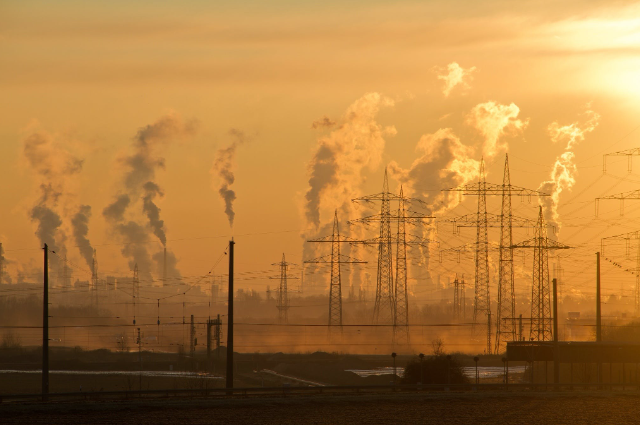
As Delhi's pollution makes Delhi's environment like that of a gas chamber, the government of Delhi plans for cloud seeding to induce rain. This shall work as an effort to tackle air pollution.
Delhi government said that IIT-Kanpur could carry out the first pilot project for cloud seeding around November 20-21 to induce rain.
The success of such an attempt depends on a host of conditions ranging from the presence of clouds to their moisture content and from the way they are seeded to when.
Rainfall which is usually brought by Western Disturbances in winter is expected to wash away pollutants. Cloud seeding involves spraying of chemicals like potassium iodide or liquid propane that serve to induce the condensation of clouds. It involves spraying a mixture which includes salts into a cliff in this case from an aircraft to allow 'cloud drops' to form around the nuclei that the salts provide and eventually drop down as rain.
Conditions would play an amenable to it given this time of year would play a significant part. As of now, radar shows that clouds will gather around Nov 20-21. But it can happen that in a week situation may change altogether.
The effort is to increase the chance of rain whenever there are clouds. Sometimes the clouds appear occasionally. These are scientific experiments... it depends on clouds and moisture content in clouds.
There are two pre-requisites for the procedure, including a Cessna aircraft with seeding equipment installed abroad.
IIT-Kanpur has developed the 'seed' - the solution on which cloud droplets form needs to have cloud condensation nuclei and ice nuclei, which come from two different salts.
Ahead of three days, we can make all the arrangements, said the Project Experts.
If there is less moisture content, we spray more and vice-versa. The estimated cost of the Project is around Rs 3 crore but we will know better once we do the experiment.
The flares that are made that contain a mixture - there is a company in Sivasaki, which makes these flares for other parts of the world. Aircraft would be required to fly below clouds. What is done is that you fire the flares -that generates heat and then you eject the mixture. Hot air rises and it takes the entire mixture up into the clouds.
This exercise was done in the July, August, and September period this year but that was intended to get approval for air-worthiness of our aircraft.
. . .
Reference:
- indianexpress.com
- indiatoday.in
